Thomas Fitzwilliam, 1st Viscount Fitzwilliam,
He
mar 23 Aug 1605 to Margaret Plunkett
[descendant of Edward III].
Knighted 23 Aug 1608.
[Ball, vol.2, 1903] tells of an incident in 1608
when the Lord Deputy's messenger delivered an order to the hall door of Merrion Castle,
"and how on returning to town he met Lord Fitzwilliam
at the cross roads at St. Stephen's Green
riding home with his wife and eight attendants".
Sheriff of Co.Dublin 1609.
He was cr Baron Fitzwilliam of Thorncastle
and Viscount Fitzwilliam of Merrion
on
5 Aug 1629 by Charles I.
Letters patent is in Wilton House.
Took his seat in the Irish House of Lords
14 July 1634.
|
Royalist in Irish Confederate Wars 1641 to 1653:
He was loyal to Charles I during English Civil War (the Irish Confederate Wars 1641 to 1653). Loyal to the crown in rebellion of 1641. Merrion Castle and Baggotrath were garrisoned with soldiers to defend Dublin. The government forces leader Simon Harcourt, who was mortally wounded by a sniper on 26 Mar 1642 while fighting the rebels at Carrickmines Castle, Co.Dublin, was taken to Merrion Castle where he died on 27 March 1642. Merrion Castle was overrun by the rebels in June 1642. He was cr Earl of Warrington by Charles I, 1 May 1645, but it was not upheld. This letters patent is in Wilton House. Merrion Castle was taken and was garrisoned by the Parliamentarians as at 1648. Baggotrath Castle was destroyed 1649 in the Royalist-Parliamentarian fighting leading to the Battle of Rathmines of 2 August 1649. 1st Duke of Ormonde and 1st Earl of Inchiquin were Royalist commanders. The Royalist defeat at Baggotrath and Rathmines was a crucial point in the end to resistance to Cromwell in Ireland. See [Ball, vol.2, 1903]. Cromwellian conquest of Ireland complete 1653. 1st Viscount was outlawed in Ireland under the Parliamentarians. He did not live to see the Restoration. |
[Down Survey, 1655-58]
shows Lord Fitzwilliam of Merrion, Irish Papist,
as owner of
Merrion
and Simmonscourt
and Owenstown.
This refers to him rather than his son
since his son is referred to as Col. Oliver Fitzwilliam.
He
died c.1655, age c.74 yrs.
1st Viscount and Margaret
had issue:

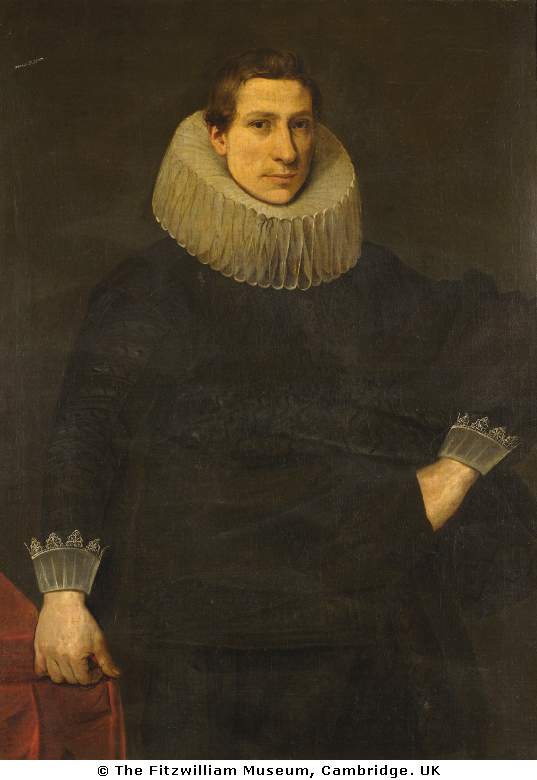
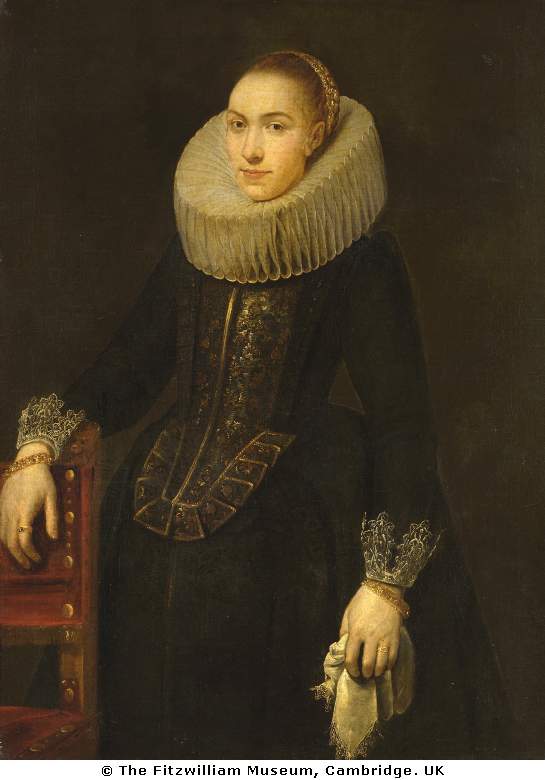
Identified in [Ball, vol.2, 1903]
as Margaret Plunkett,
by Cornelius Johnson.
But Fitzwilliam Museum now says "Portrait of a woman" by unknown.
Portrait c.1625.
Used here with the kind permission of the
Fitzwilliam Museum, Cambridge.


Dublin city officials ride in procession around the bounds of the city in 1603.
They rode to
Merrion chapel.
They then
came to
the grounds of
Merrion Castle.
They arrived at
"the south-west corner of the orchard ditch of Merrion,
through which corner the elder [fathers] of the city
said that of old time they did ride.
And now for that the same was so strongly fenced with trees and thorns,
which, in favour of the gentleman of the house of Merrion
[Thomas Fitzwilliam],
being the city tenant,
they would loathly break down,
they rode a little besides it".
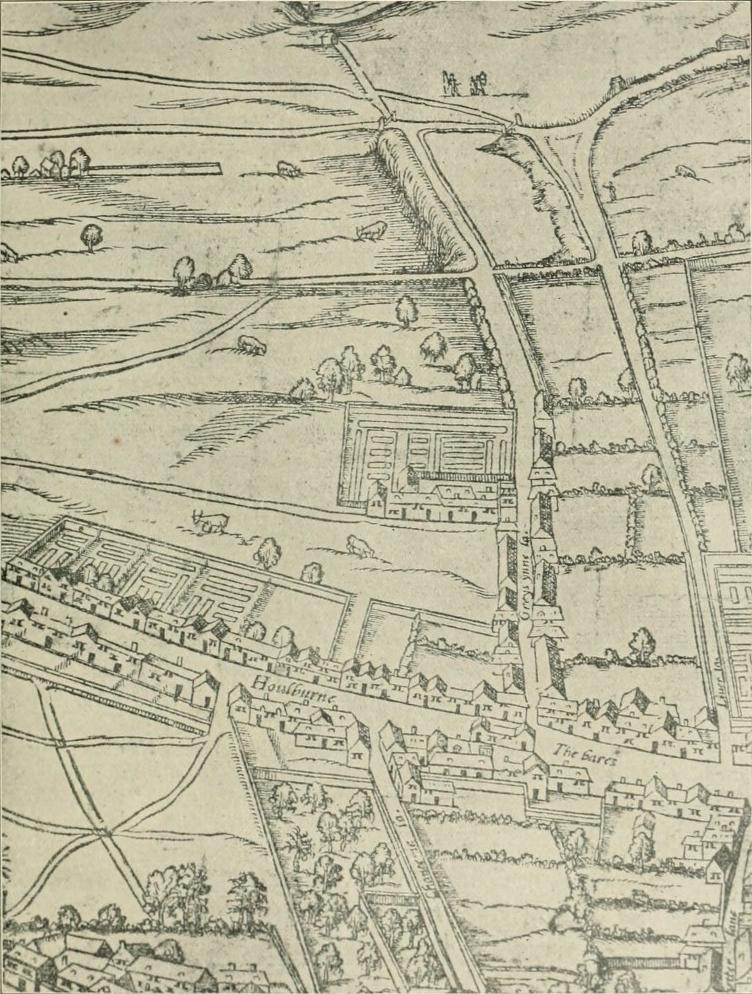
Gray's Inn in 1591.
See full size.
From here.
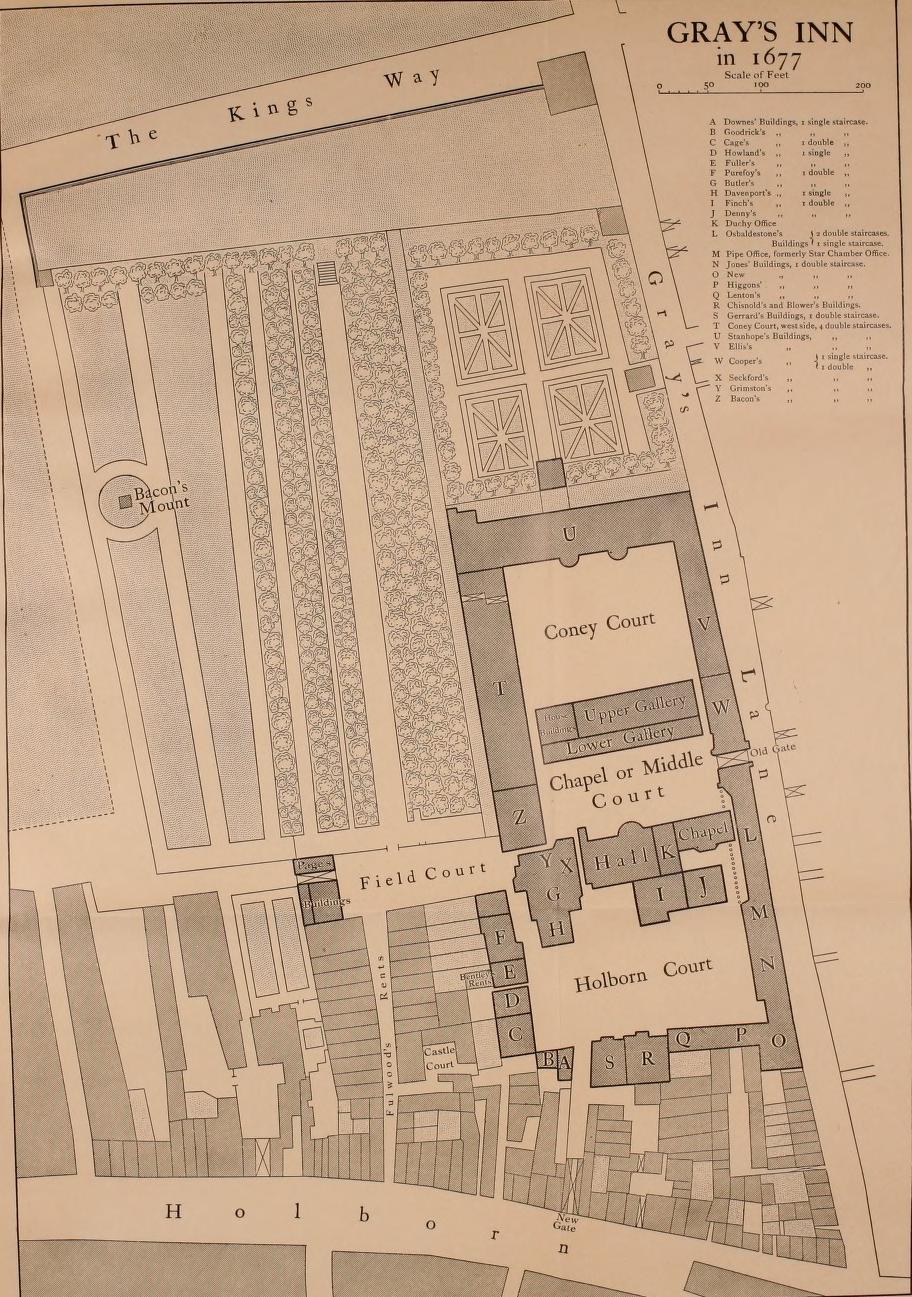
Gray's Inn in 1677.
See full size.
From here.
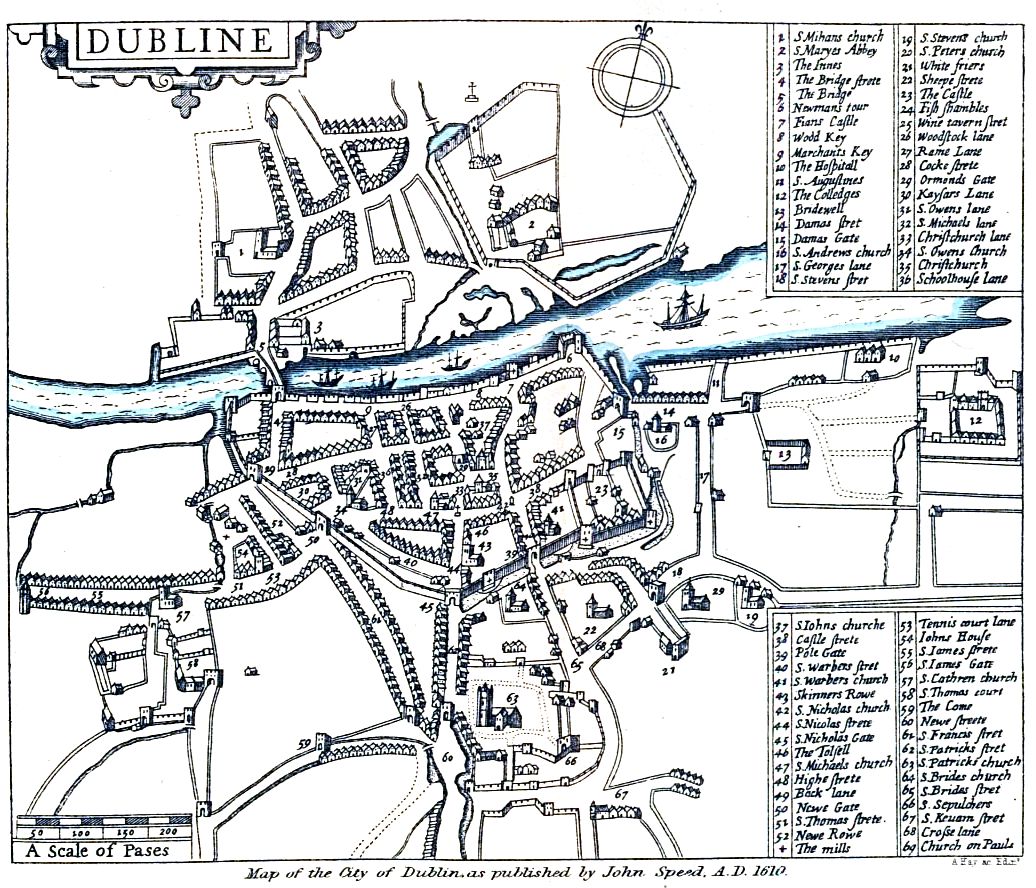
John Speed's map of Dublin, 1610. View from S.
From
Wikimedia Commons.
See also
colour version
(printed 1896).

Copy of Speed's 1610 map that appears as an insert on
John Rocque's map of Dublin, 1757.
This map is an insert in Dublin Bay on Rocque's map.
Confusingly, he overlays it with the depth figures he notes for the water,
which all have a dot after them.
See larger.
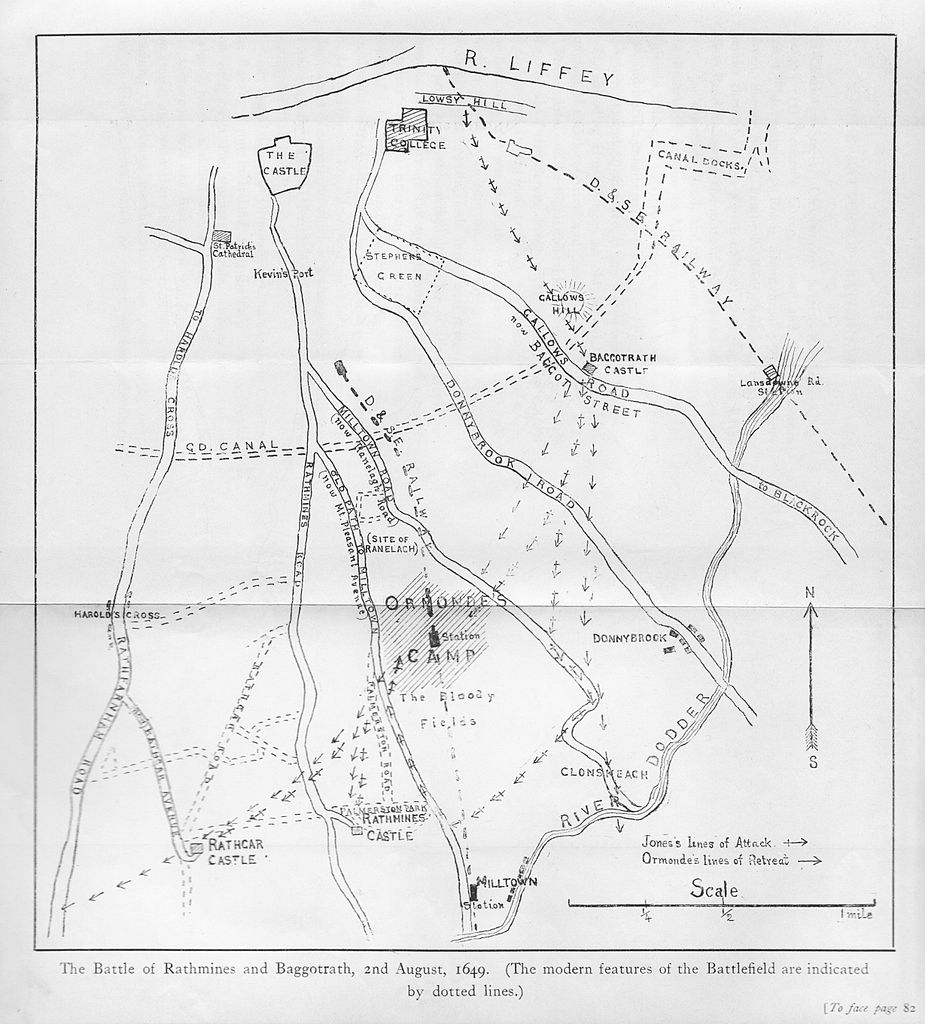
The Battle of Rathmines, 1649.
From
here.
Please donate to support this site.
I have spent a great deal of time and money on this research.
Research involves travel and many expenses.
Some research "things to do"
are not done for years, because I do not have the money to do them.
Please Donate Here
to support the ongoing research and
to keep this website free.